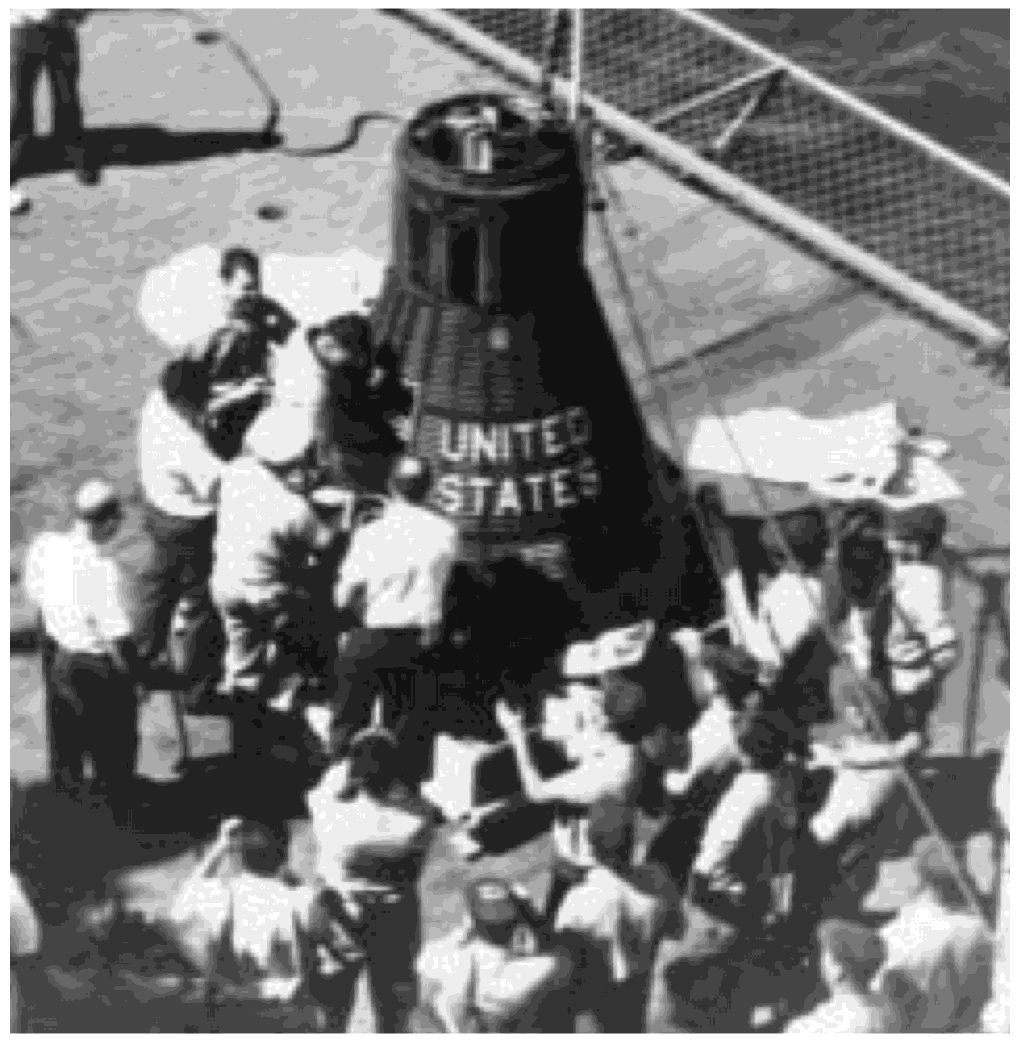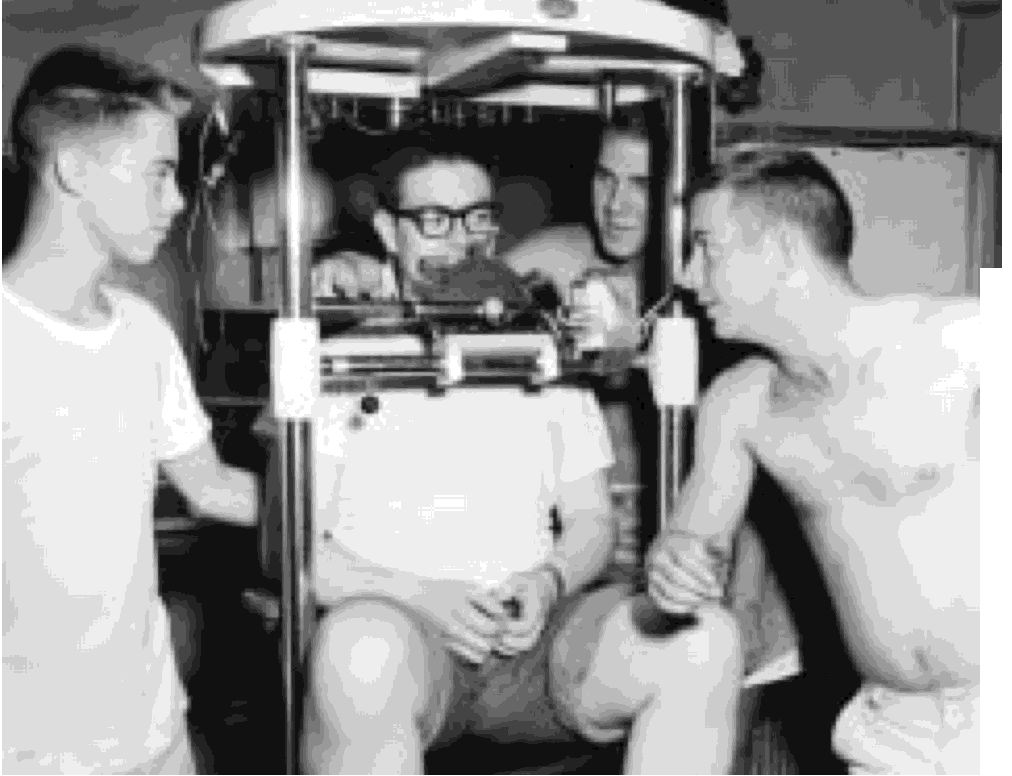

1962-Contin ued
31 August
The passing of an era was marked at
NAS Lakehurst, N.J., by the last flight of a Navy air-
ship. The flight also marked the end of a year's service
by the two airships kept in operation after the discon-
tinuance of the lighter-than-air program for use as air-
borne aerodynamics and research laboratories in the
development of VTOL/STOL aircraft and ASW search
systems. Pilots on the last flight were Commanders
Walter D. Ashe and Robert Shannon and the passen-
gers included lighter-than-air stalwarts Vice Admiral
Charles E. Rosendahl, USN (Ret.), and Captain Fred N.
Klein, USN (Ret.). Many lighter-than-air men from
many parts of the country were on hand to observe
and to lend a hand in docking the airship after its last
flight. This ended a 45-year LTA saga that began with
the DN-l, the Navy's first airship.
12 September
A Grumman Albatross, UF-2G, piloted
by Lieutenant Commander Donald E. Moore, climbed
to 29,460 feet over Floyd Bennett Field, N.Y., and set a
new world altitude record for amphibians carrying a
1,000 kilogram load. On the same day, Lieutenant
Commander Fred A. W. Franke, Jr., piloted the
Albatross to a new record for amphibians with a 2,000
kilogram load with a climb to 27 ,380 feet.
15 September
Lieutenant Commander Richard A.
Hoffman, piloting a Grumman Albatross, UF-2G, set a
new world 5,000 kilometer speed record for amphib-
ians carrying a 1,000 kilogram load with a speed of
151.4 mph on a course from Floyd Bennett Field to
Plattsburgh, N.Y., to Dupree, S. Dak., and return to
Floyd Bennett Field,
NY
17 September
Nine pilots selected to join the
nation's astronauts were introduced to the public at
Houston, Tex. The three Navy men on the new team
were: Lieutenant Commander James A. Lovell, Jr.,
Lieutenant Commander John W. Young, and
Lieutenant Charles Conrad,
Jr.
18 September
A joint Army-Navy-Air Force regula-
tion was issued establishing a uniform system of des-
ignating military aircraft similar to that previously in
use by the Air Force. By it, all existing aircraft were
redesignated using a letter, dash, number, and letter to
indicate in that order, the basic mission or type of air-
craft, its place in the series of that type, and its place
in the series of changes in its basic design. Under the
system, the Crusader, formerly designated F8U-2,
became the F-8C indicating the third change (C) in the
eighth (8) of the fighter (F) series. Provision was also
made for indicating status of the aircraft and modifica-
UNITED STATES NAVAL AVIATION
1910-1995
249
tions of its basic mission by prefix letters. Thus the
YF8U-IP became the YRF-8A symbolizing a prototype
(Y) of the photoreconnaissance (R) modification of the
F-8A aircraft.
3
October
Sigma
7, piloted by Commander Walter
M.
Schirra, USN, was launched into orbit by a
Mercury-Atlas rocket from Cape Canaveral, Fla., and
after nearly six orbits and a flight of over 160,000
miles, landed in the Pacific, 275 miles northeast of
Midway Island. Helicopters dropped UDT men near
the capsule and it and Commander Schirra were hoist-
ed aboard
Kearsarge.
SchiITa emerges from MercUlY
8
on recovery ship Kearsarge NH69950
...
Response to space stimuli
is
studied l10522
 |
15 |
 |